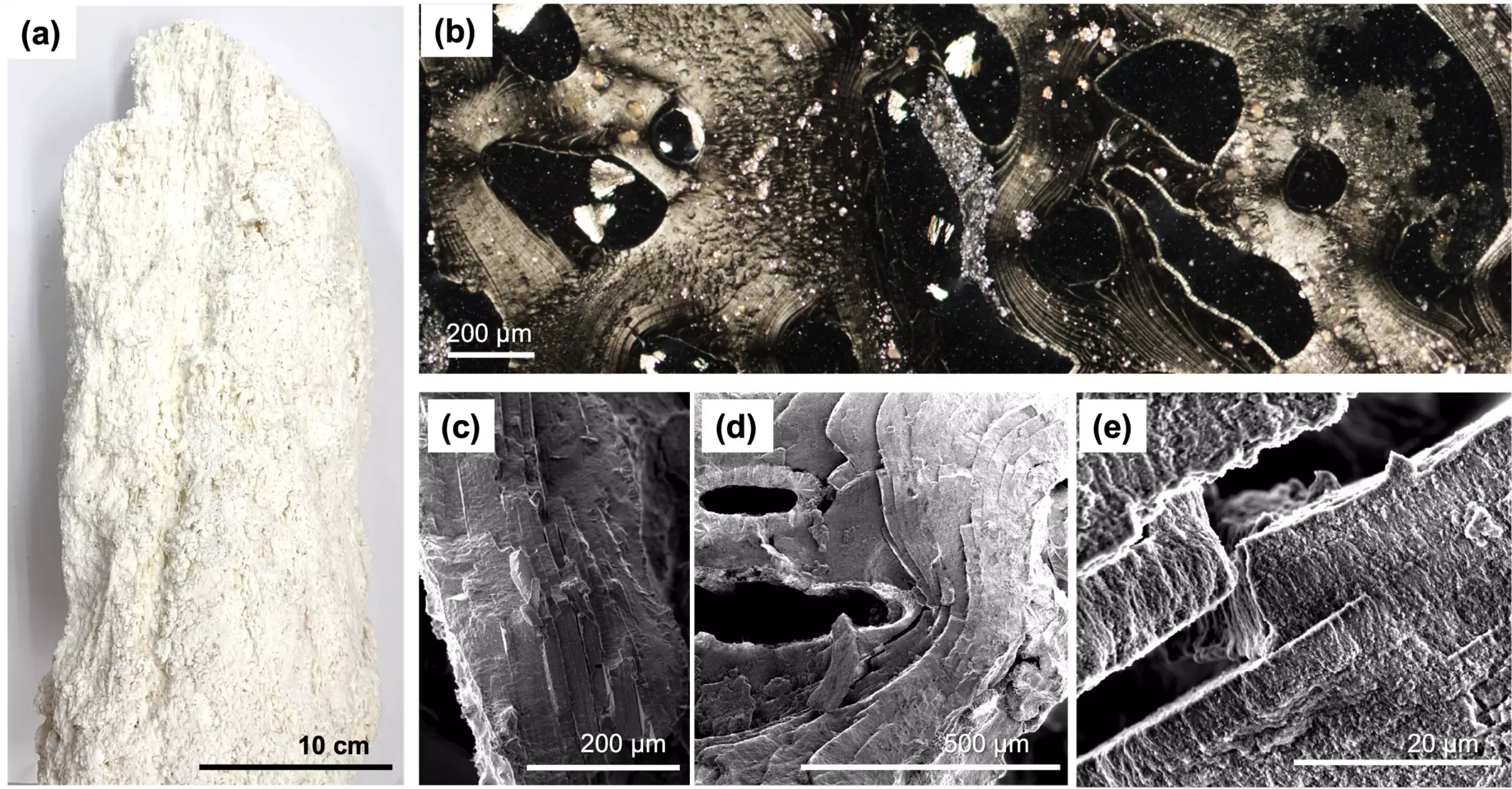The field of astrobiology, which investigates the possibility of life beyond Earth, is continually evolving with new discoveries that bridge the gap between inorganic systems and biological processes. A groundbreaking study led by Ryuhei Nakamura from the RIKEN Center for Sustainable Resource Science and the Earth-Life Science Institute has provided fresh perspectives on the intricate relationship between hydrothermal vent environments and the fundamental processes that support life. By analyzing the inorganic nanostructures present at these underwater vents, the researchers have unveiled complex mechanisms that could have played a pivotal role in the emergence of life on Earth.
Deep-ocean hydrothermal vents are popularly regarded as the cradle of life due to their unique chemical environments. These vents are sites where seawater, seeping through the Earth’s crust, becomes heated by magma, resulting in a rich outpouring of mineral-laden water. As this heated fluid ascends back into the cooler ocean, it precipitates minerals that coalesce to form various structures around the vent. This dynamic geological process has vital implications not only for our understanding of life’s origins but also for modern applications in energy harvesting.
At the heart of this research lies the concept of osmotic energy— a form of energy utilized by living organisms through ion gradients. Life as we know it thrives on the careful balance of salt and proton concentrations maintained across cell membranes. The ability to harness this energy efficiently is a hallmark of cellular function. Surprisingly, Nakamura and his team demonstrated that osmotic energy conversion could occur abiotically in the geothermal zones of the ocean.
The study focused extensively on serpentinite-hosted hydrothermal vents, where complex mineral precipitates—primarily composed of metal hydroxides, oxides, and carbonates—played a crucial role in ion transport. By investigating samples from the Shinkai Seep Field—located deep within the Mariana Trench—the researchers identified unique features associated with brucite crystals that act as nanoscopic channels for ion movement. This discovery adds a new layer to our understanding of how life could have originated in these extreme environments.
The findings reveal that the brucite crystals were not only structured in continuous columns but also featured nano-channels exhibiting selective ionic behaviors akin to voltage-gated ion channels found in living organisms. The researchers employed sophisticated techniques, including X-ray beam scanning, to characterize the electrical properties of these nanopores. They found that the surface charge varied, influencing ion transport—demonstrating a clear association between the spatial configuration of these structures and their electrochemical properties.
When subjected to varying concentrations of potassium chloride, the samples showed conductance that directly correlated with ion concentration. At lower concentrations, however, the relationship shifted, suggesting that the local electrical charge dictated ion transport. This nuanced interaction mirrors the sophisticated signaling mechanisms that sustain neuronal activity in biological systems and hints at the fundamental similarities between living and non-living systems in extreme environments.
The ramifications of this research extend far beyond the confines of Earth. The spontaneous formation of ion channels in deep-sea hydrothermal vents suggests that similar processes could exist in extraterrestrial environments, potentially aiding the search for life on other planets. The chemistry of these vents provides a model for how abiotic systems can perform essential life-like functions, adding fresh impetus to the exploration of celestial bodies with hydrothermal activity, such as Europa or Enceladus.
Additionally, the findings signify promising pathways for innovative energy harvesting technologies. The study posits that understanding the self-organization principles of nanopores could lead to the development of advanced methods to harness osmotic energy more effectively. In an era grappling with energy sustainability, the prospects of using salinity gradients between different water bodies to generate electricity—conceptualized as blue-energy harvesting—could be revolutionized by these insights.
The research conducted by Nakamura and his team stands as a compelling reminder of the intricate dance between geology and biochemistry. It provides critical insights into the origins of life while simultaneously paving the way for technological advancements in energy harvesting. As we continue to unravel the mysteries of our planet’s deep oceanic realms, the implications of these discoveries may resonate across both scientific and industrial landscapes, challenging our understanding of life and energizing our quest for sustainable solutions.


Leave a Reply